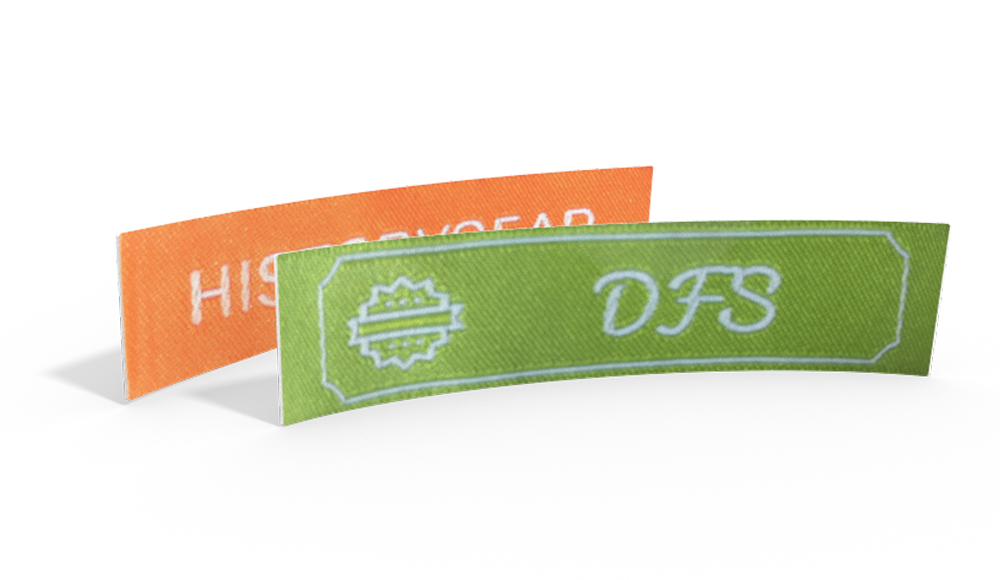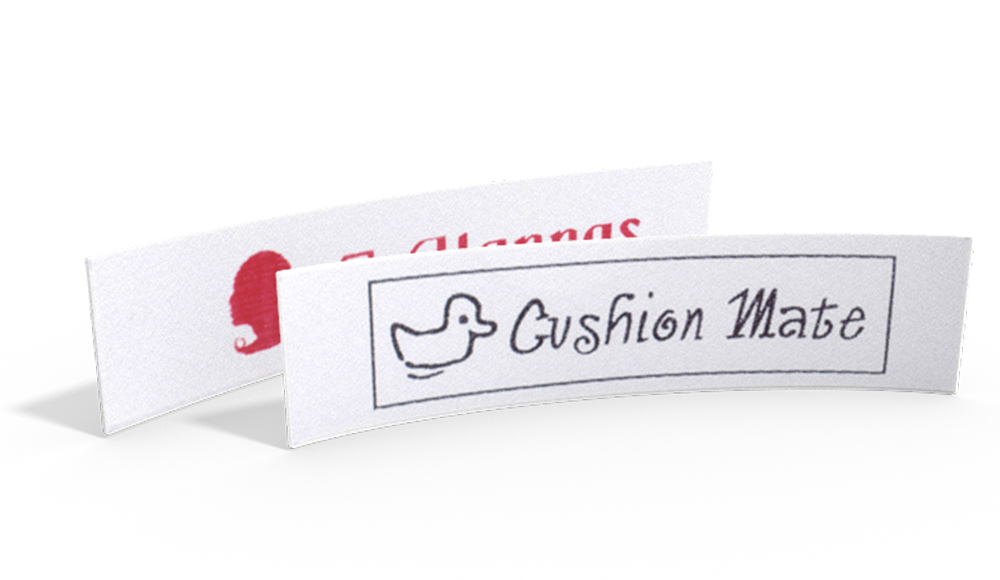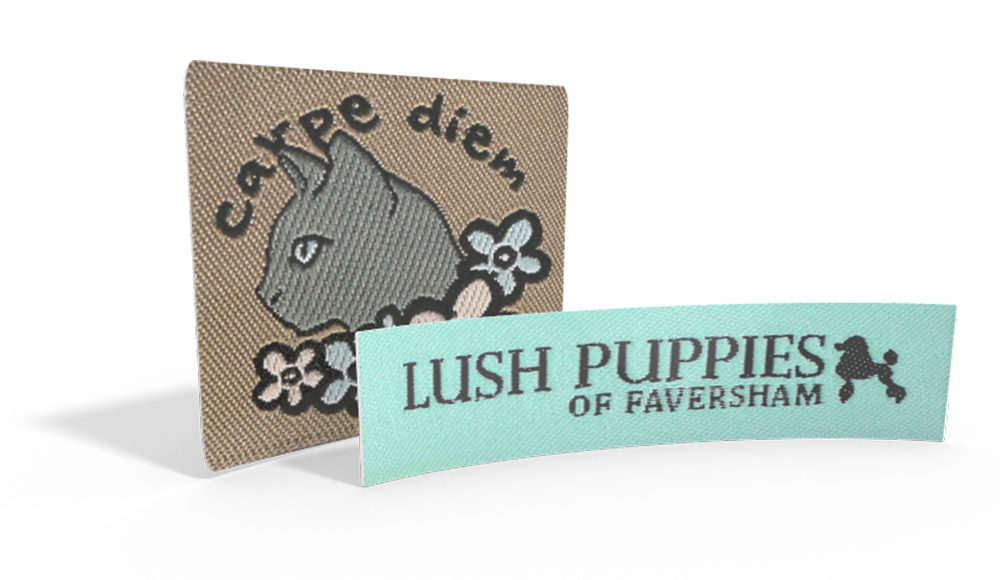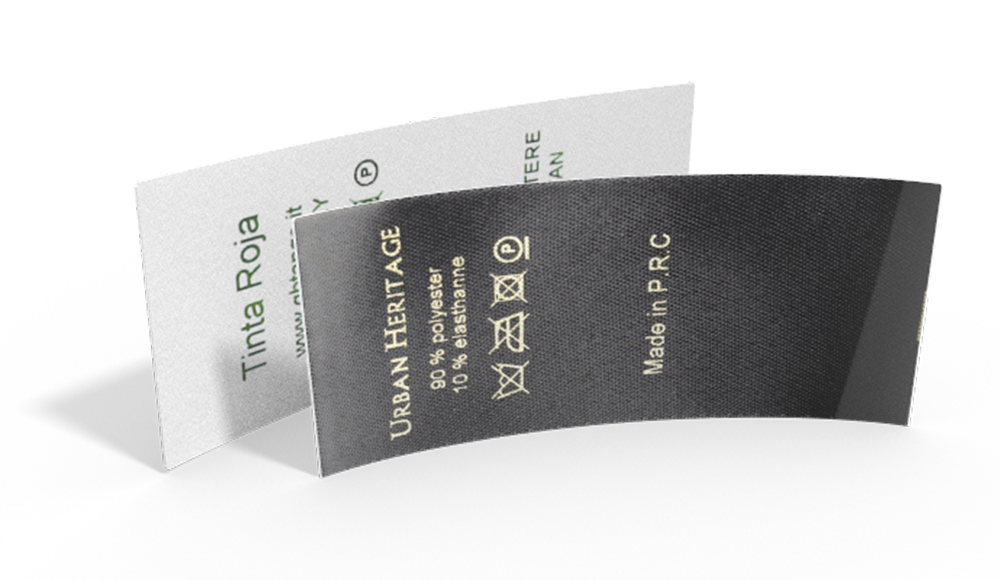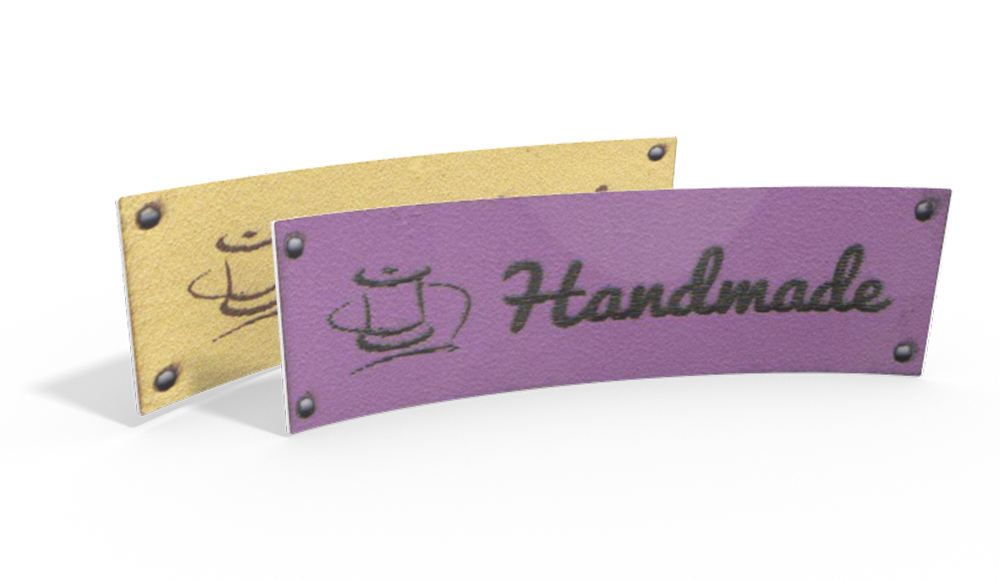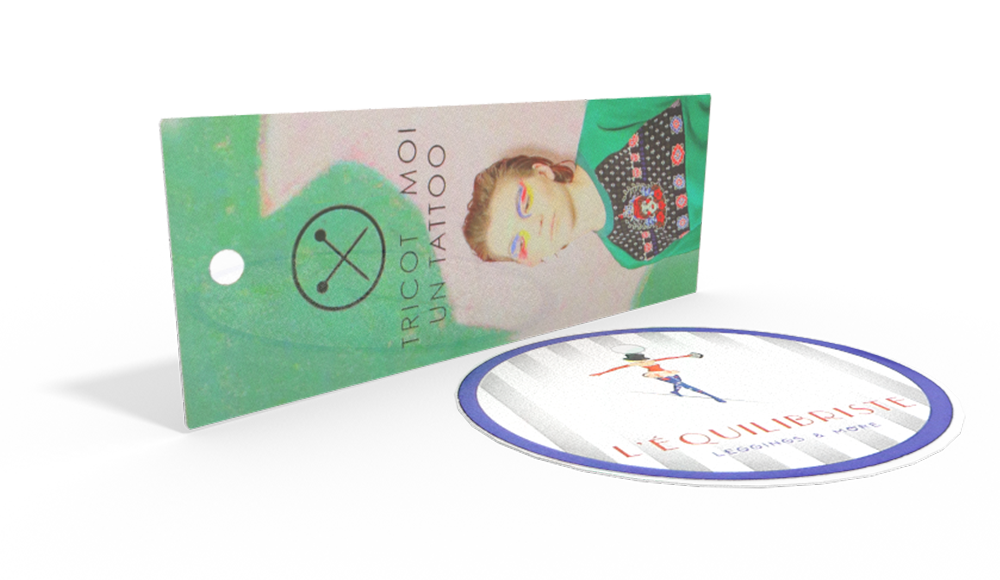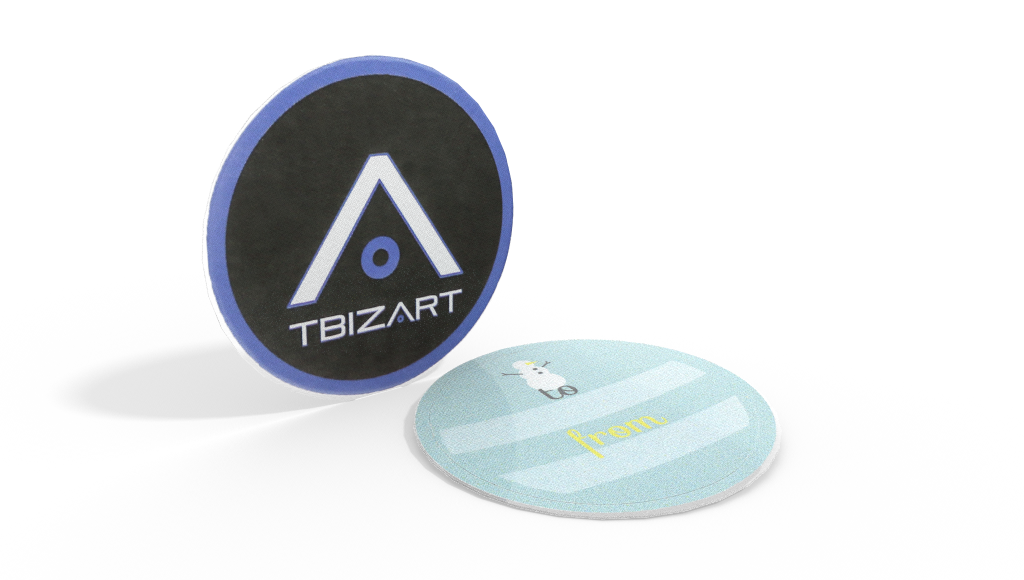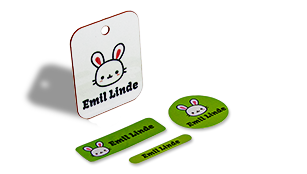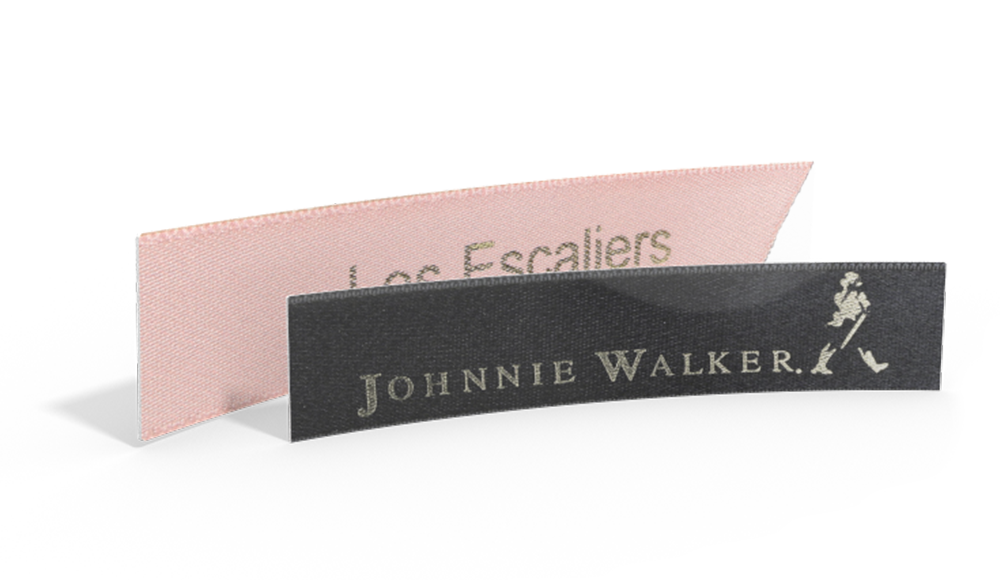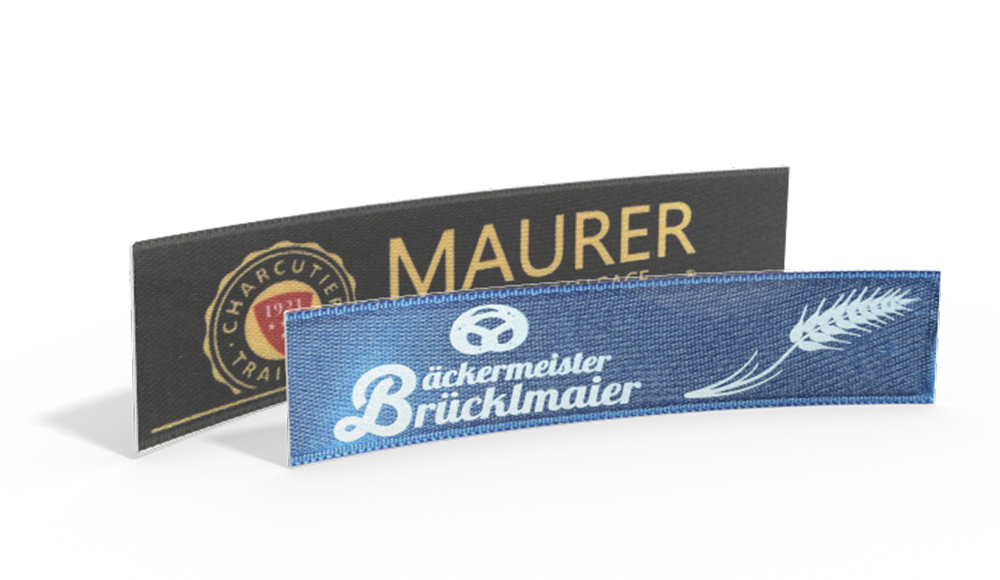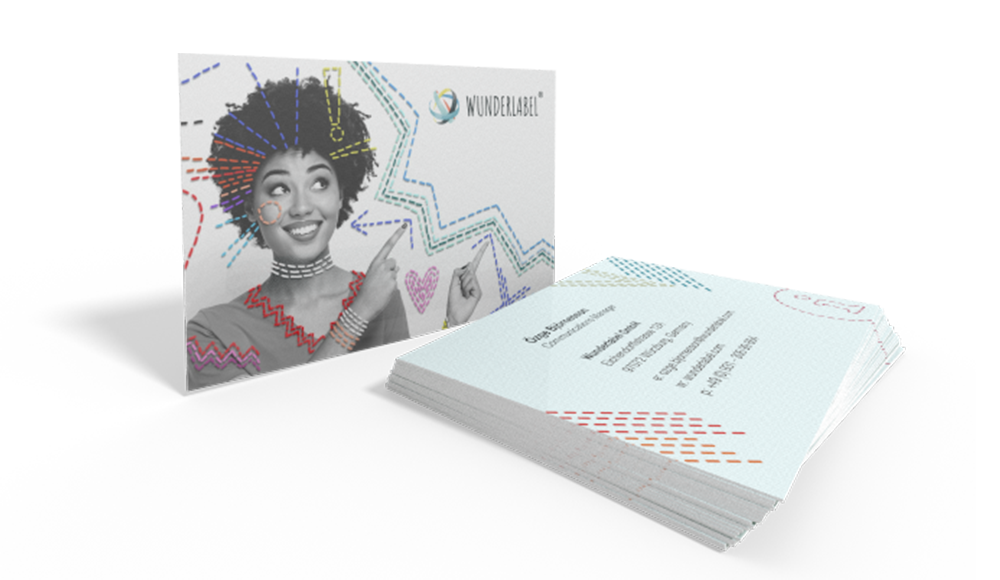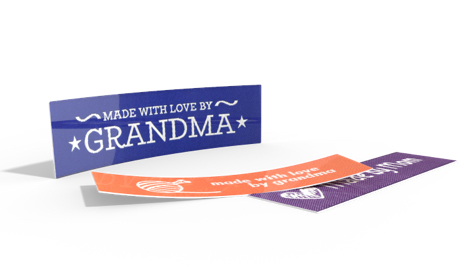Fleece, also known as polar fleece, is a versatile fabric that's excellent for a wide range of projects, from baby blankets to snuggly sweaters. Most commonly made of polyester fiber, it's a stretchable, knitted fabric with a soft, warm pile on both sides. It combines some of the best aspects of a variety of fabrics—the warmth and fuzziness of felt, the softness of plush—but these unique properties also mean that fleece behaves a bit differently from other fabrics. Before you start a new project in fleece, check out these tips and tricks for mastering this material.
From selecting the right needles and stitch lengths to avoiding stretches and shifts in the fabric - our 16 tips for sewing with fleece will help you successfully work with this soft and versatile fabric. Once you've familiarized yourself with the basics of sewing with fleece, you can evolve and steer your sewing hobby in different directions. Ready to embark on your own sewing adventure? Then check out our posts on "21 Business Sewing Ideas to Start from Home" and "Top 34 Sewing Projects" to find inspiration for your next projects and take your sewing to the next level.
If you want to put your signature to your new projects check out logo labels from Wunderlabel.
1. Use a longer stitch
Since fleece is a knit fabric beneath the fuzzy pile, a short stitch length can cause it to stretch and distort. Adjust your stitch length to be slightly longer than usual, about eight to ten stitches per inch, whether you're using a straight stitch or zig-zag. If your machine has settings specifically for stretch fabrics, opt for those.
2. Take the nap into consideration
When working with deep pile fabric like fleece, it's important to look at the surface of the fabric when laying out our pattern pieces. Fabrics like these have a nap, or a brushed look to the pile that means all the fibers are running in the same direction. Mark the right side of your fleece with a piece of tape noting the direction of the nap before you start cutting. The nap should run the same way for all pieces, or it will be immediately obvious when you assemble your finished project.
3. Choose embellishments carefully
The knitted structure of fleece means that weighty decorations like large appliques or beading can cause it to stretch and sag. It's also not stable enough to support set-in embellishments or hardware like rivets, snaps, and studs. Instead, opt for stitched alternatives and consider using interfacing to reinforce the areas where they'll be applied.
4. Try decorative stitching
Since fleece isn't the best candidate for appliques or other types of added-on embellishment, it's a great opportunity to break out the decorative stitches on your sewing machine. Remember to use a longer stitch length than you would for woven fabrics, and test carefully on a scrap piece of fleece to get your settings right before you begin sewing. Fleece does not take well to seam ripping, so the fewer opportunities for mistakes, the better.
5. Eliminate bulk
A couple layers of fleece can quickly become bulky and awkward, so use techniques like grading seam allowances to reduce excess fabric at seams. To grade your seam allowance, trim the outer layers of fabric close to the stitch line. Leave the next layer slightly longer, the next longer still, and so on, with the longest layers of seam allowance left at the center of the seam.
Another way to reduce bulk is to swap in a woven cotton or cotton blend fabric for fleece wherever your pattern calls for facings. Not only will it reduce weight and bulk, but a woven fabric used as a facing will hold its shape better than the knitted structure of fleece.
6. Clean your cutting tools
Cutting fleece calls for sharp tools, so whether you use a rotary cutter or shears, make sure your cutting tools are sharp before starting your new project. The pile of fleece also poses a unique challenge— it leaves tiny bits of fiber that often cling to your cutting tools, and can clog up the pivot points. Use a cloth lightly dampened with rubbing alcohol to wipe down your tools and keep the fuzz at bay.
7. Experiment with finishing options
Since folded hems can be bulky and stiff, other finishing options are often more appropriate for fleece projects. The fabric won't fray or ravel, so you can leave the edge completely unfinished if you like. Serging is also an excellent option, as is a simple turned up hem, elastic ribbing or binding, or a line or two of decorative stitching. If you enjoy hand sewing, a blanket stitch done in yarn or embroidery floss is a classic finish on fleece.
8. Avoid high heat
Fleece is commonly made of polyester, sometimes with a small percentage of other fibers blended in. This makes it durable, soft, and safe for the washer and dryer. It's not, however, safe for ironing except at low temperatures. High heat will cause the fabric to scorch or melt. Finger pressing will do fine for most parts of your project. If you're using fusible interfacing, make sure your iron is set to the appropriate heat, and use a press cloth to avoid applying heat directly to the fleece.
9. Use polyester thread
It's usually a good idea to match your thread fiber to your fabric fiber. This means that the thread and fabric will have similar properties when it comes to wear, as well as the same requirements for care once the garment or project is finished. With fleece, use a polyester thread for both your top and bobbin threads.
10. Stay stitch cross-grain cuts
If you're making a pullover, vest, or any other fleece item with curved seams, be sure to stay stitch your pattern pieces as soon as you cut them. Stay stitching is a line of straight stitching done inside the seam allowance that prevents fabrics from stretching out of shape, especially on curves, which will have at least sections cut on the bias or cross-grain. Fleece, with its stretchy knit structure, is very prone to stretching without this reinforcement. Remember to use a longer stitch length when stay stitching to avoid introducing distortion to your pattern pieces.
11. Choose a ballpoint needle
Designed specifically for working with knit fabrics, a ballpoint needle has a rounded tip which slides between the tiny loops that make up the fabric rather than potentially piercing them as a pointed needle would. The damage from pointed needles can cause holes to develop along the seams if fibers are damaged to the point of breaking, so using a ballpoint needle can actually extend the life of your project. Pointed needles are also prone to developing hooks or barbs at their tips over time, which can snag and tear at the loops of a knit fabric. Spare yourself the hassle and switch to a ballpoint!
12. Finish your seam allowances
Since seam allowances can roll up and be uncomfortable and unsightly inside a finished garment, it's best to opt for seam styles the produce a finished look on both the inside and outside of the garment. These include faux flat-felled seams (fleece is too bulky for true flat-felling), lapped seams, and double top-stitched seams. Opt for the latter if you prefer to serge the edges of your cut pieces before assembling.
13. Ease up on the pressure
With its fluffy pile and stretchy core, it only takes a light touch to get fleece through your sewing machine. Lower the pressure of your presser foot to avoid distortion and make it easier to zip through your project.
14. Reinforce zippers
Zip-up fleece sweaters and jackets are favorite fall and winter projects, but without a little help, those zippered edges can end up a bit wonky. Use strips of woven fusible interfacing to prepare the edges before inserting your zipper, especially if you're using separating zippers. This will keep the edges from becoming wavy as the fleece stretches over time. Remember to lower the heat on your iron before fusing, though, or you'll end up with scorched and melted fleece!
15. It's okay to cheat on thread color
For most seams, your stitches will all but vanish into the pile of the fleece, so you may be able to get away with a thread color that's a close but not exact match. This is also something to take into consideration if you're planning to use your thread color as a design element—contrasting top-stitching doesn't make as bold a statement on fleece as it does on, say, denim. For decorative stitching, dialing back the tension of your top thread can help it float a little higher in the pile and make it more visible, but keep in mind this does make it less structurally sound, and isn't a good idea for seams.
16. Clean your sewing machine
Sewing with fleece is fun and rewarding, but it will leave bits of lint everywhere! Be sure to clean your sewing machine after finishing your fleece project to avoid lint buildup inside the machine. Consult your manual as to the recommended cleaning procedure. Don't disassemble any part of the machinery unless you're absolutely certain you know what you're doing. This can alter the sewing machine's timing, which can render it useless without further professional maintenance. When cleaning your machine, use a small, soft paintbrush to coax fibers out of the works rather than compressed air; this has a tendency to drive fibers further in, where they'll continue to cause problems.

